Dylan Goldby shoots large projects for major clients. He is a Nikon Ambassador and a staff writer for F-Stoppers. He has held the title of photo editor for Groove Magazine and is the go to shooter for a multitude of international publications. As if these resume showstoppers aren’t enough, the Australian is the co-founder of Flash Light Expeditions, an endeavor that teaches course participants the fundamentals of photography lighting.
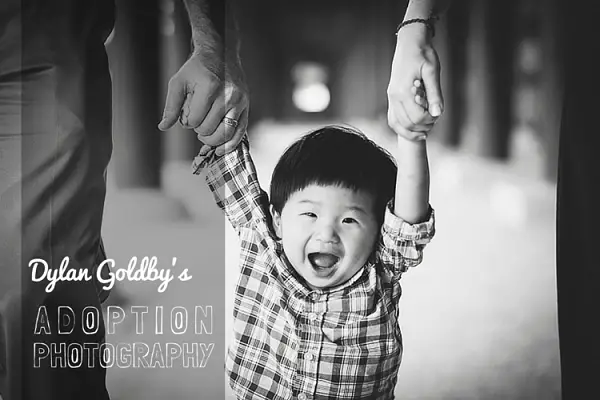
Yet, all of these superlatives are pale when placed next to the niche work he produces. As an adoption photography specialist, Goldby captures the moments that define generations to come. I sat with Dylan to learn first hand how his particular model of family photography makes such a tremendous impact on both the clients he serves and the world of photography.
Adoption photography is an incredibly specific portrait niche. How did you find your way into this line of work?
It all came out of the blue a few years back. I actually got an enquiry I couldn’t take and passed it off to my good friend Romin Lee Johnson. He, in turn, passed the next one he couldn’t do back to me, and it turned into one of my favourite session types. It’s an amazing honour to work with these families.
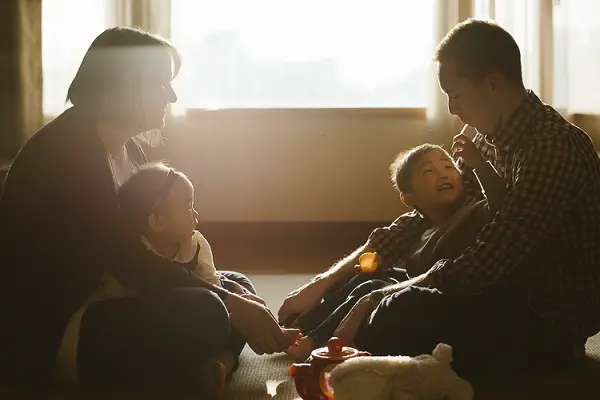
Why, specifically, is the work you do important?
There are so many reasons for this work to have value. For the families that I work for, the greatest thing this work could do is to help the children with their sense of identity later in life.
Adoption is no simple issue. Especially with international adoptions, the children are bound to have questions about their heritage and childhood later in life. The most I could hope for these photographs to do in that sense would be to let the child know that they were loved, both by their foster family and their adoptive family. I hope that the photographs will allow them to know that they always had a place in the world.
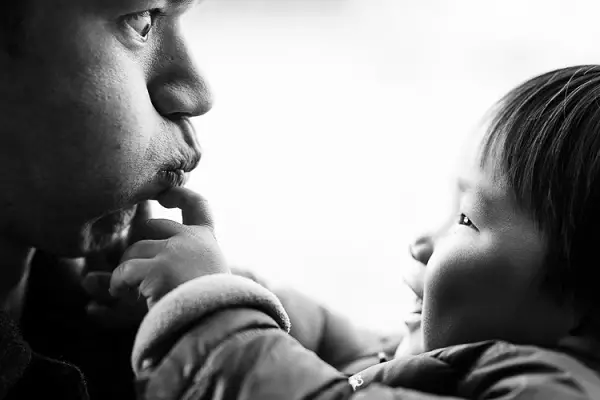
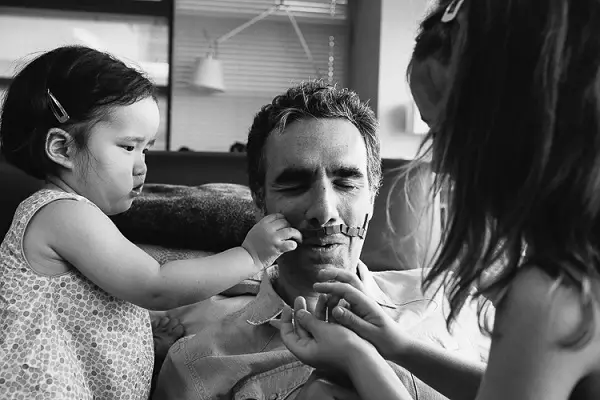
I also hope that at some point I am able to change social stigmas against adoption in Korea, and shed light on the number of children who, despite the number of processed adoptions, go without homes. As a volunteer worker at a small orphanage in Seoul years ago, I saw how hard the system makes it for children and caretakers alike. If in some way these images are able to help that situation, directly or indirectly, obviously that would be ideal.
Speak to the preparation for an adoption shoot. From initial contact with a family to the moment you begin shooting, there a step of this process that you focus on or treat with special care?
Essentially, there are two types of sessions that I do surrounding adoptions. The first is a documentary of a family’s first moments together. This is a particularly delicate session, and one that you cannot really prepare photographically for. You simply need to be ready emotionally for whatever will happen. I spend my mornings before these shoots meditating and listening to music. I try to calm myself and shut out everything so I am receptive to what happens without judgment.
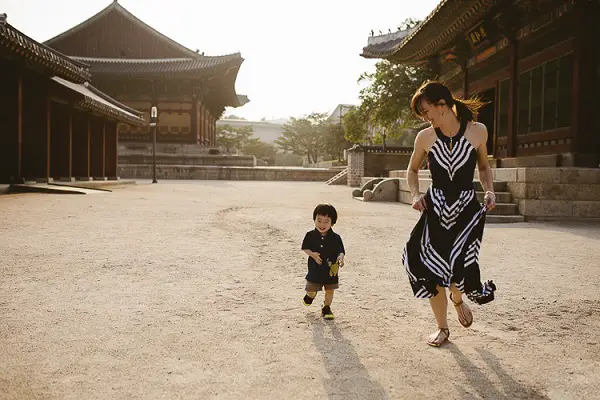
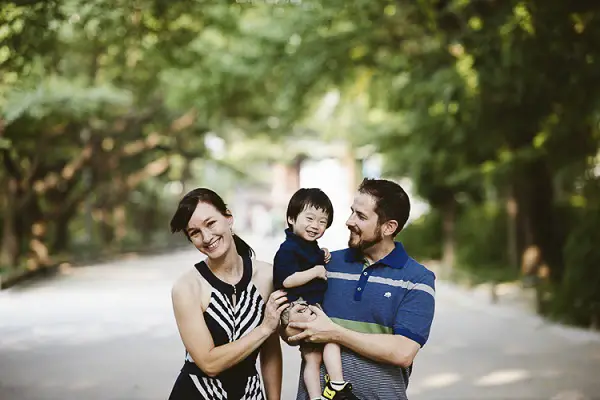
The other type of session is a family session. With these sessions, I typically have a set of ideas I have formulated as fallbacks when the session starts to slow. A session with a child of 2 years old can get fairly hectic, and you don’t want to have to be super creative on top of the mayhem you’re trying to control. Preparation here usually involves meeting the child beforehand and playing, no cameras involved, just to make sure they are comfortable with my presence before the shoot.
Unlike run-of-the-mill portrait shoots, you offer adoptive parents a full-day service. What does this look like for you and for your clients?
My full day sessions are documentary style. This allows the client to focus fully on bonding with their child while I capture all the craziness that ensues, giving them space to breathe and fantastic memories to look back on after the day. There are often hundreds of moments that simply go forgotten in a day when every screed of energy (and then some) is focused on making a child’s transition as positive as possible. I give parents the chance to go back over that day. To laugh. To cry. To relive.
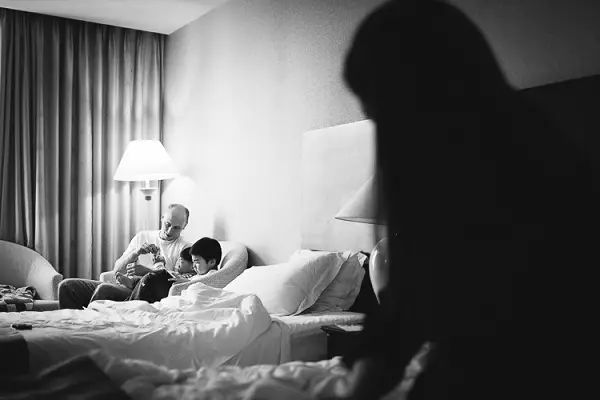
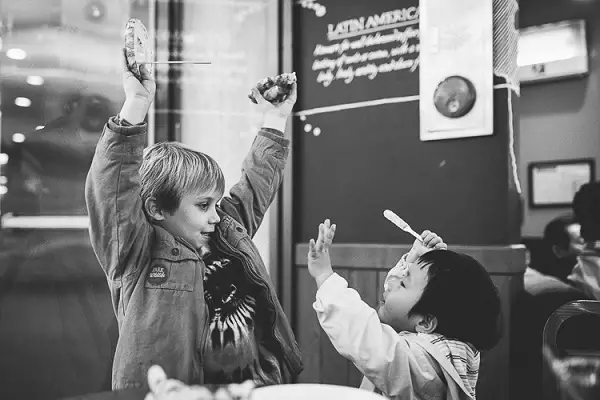
For me, this day is caffeine-laced. Ha! It is a seriously tiring day, which you don’t realise in the moment. When you’re done, 3-4,000 frames deep, batteries depleted, and a heavy bag sat down on the subway floor. That’s when it hits. You’re exhausted. There’s such a satisfaction in knowing you’ve captured precious memories, though.
What specific skillset do you possess that allows you to capture such powerful moments?
Despite my everyday personality, I believe that when I have a camera in my hand, it is my empathy that allows me to capture what I do. I feel with my families. When they laugh, I laugh. When they cry, I’m glad my cameras are weather-sealed. At the end of it all, group hugs are a thing. We’ve been through a lot that day. All of us. My job is done, and that is bittersweet.
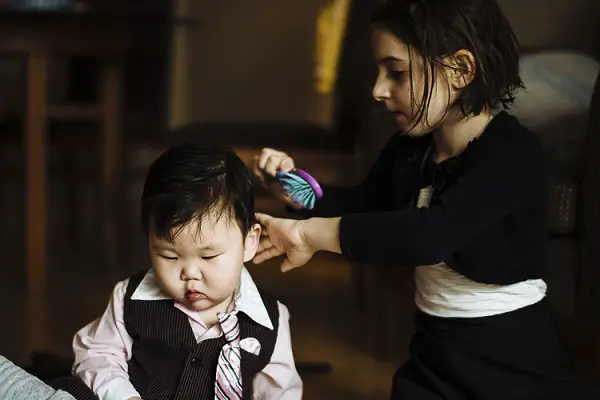
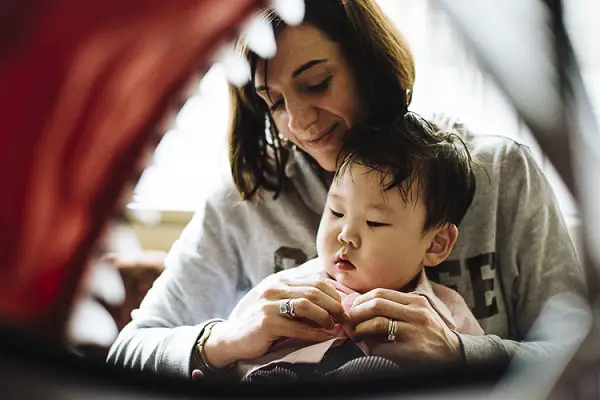
You also shoot high-pressure events such as weddings and have massive corporate contracts in your client history. Compare and contrast these photographic assignments to an adoption.
After shooting an adoption, I think everything becomes a lot simpler. Nothing has quite the same impact as working with children for me. As a former kindergarten and primary school teacher, I believe that children should be given our all. They are, of course, going to be around long after us, and deserve to be given the very best so that they can make the same of themselves. Carry that over to photography, being able to give a child happy memories of their childhood is, as an outsider, probably the best thing you can do to shape their future.
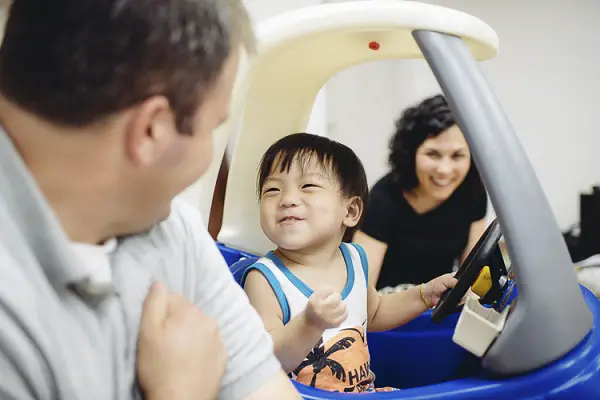
What emotional effect does adoption photography have on you?
That’s a big one. The first adoption session I ever did resulted in more than a couple of adult beverages afterward. It is a roller coaster of emotions. After doing so many, I no longer have the urge to drink heavily afterwards, but certainly a moment of contemplation is awarded to each and every session.
I will sit with the images open in front of me, and try to piece together the chaos of the day. This helps me to understand each of my characters in the story, and feel what each of them was feeling as I danced the dance with my camera. It is a joyful process that gives me hope for the human race. There is nothing quite as awe-inspiring as the love of one human for another.
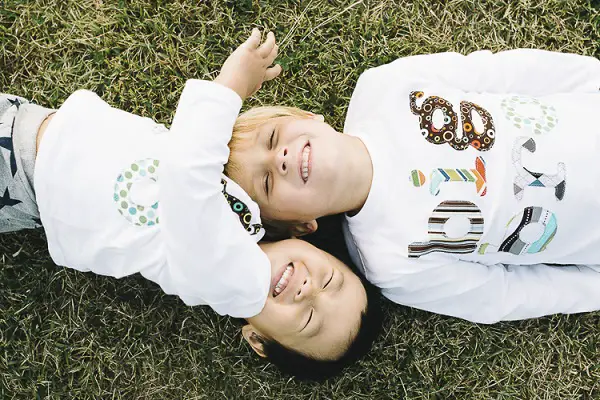
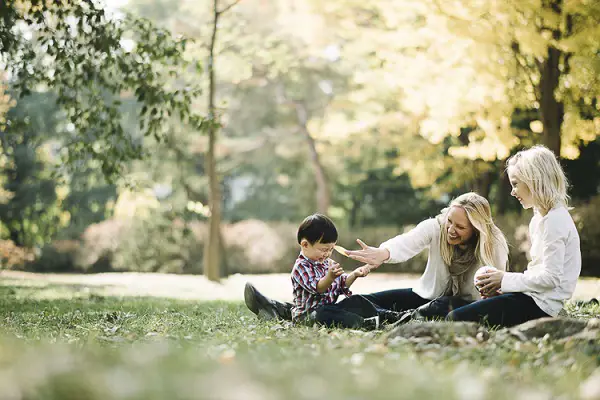
How does your own childhood relate to your adoption work?
Growing up without a father means a lot of things to me. I never learned to shave, for example. My mother, despite all her qualities, just didn’t have a beard. I also grew up much more comfortable with my emotions, I think. I don’t think that I relive any emotional scars through this work, but I certainly experience some renewed faith. Faith in humans, and in their ability to do good. Inspiration might be a good way to put it. The families I work with inspire me to do more. They inspire me to work harder to ensure all children have a positive childhood to look back on.
Have you experienced any sort of emotional healing through the work?
I don’t know about a healing, but certainly a new way to look at family bonds and what people are truly capable of if they set their minds to good.
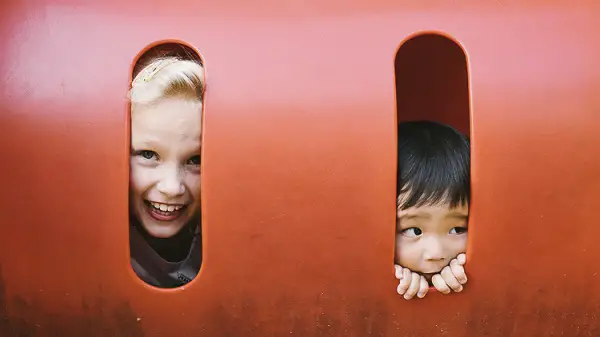
You mention family bonds. At its root, what does “family” mean to you?
Family to me is the people that mean the most to you. I certainly don’t believe in the traditional family unit. I count my close friends as brothers and sisters, and an uncle as the closest thing I have to a father. I also don’t believe that family cannot be broken, and that it should be held in high regard, not taken for granted.
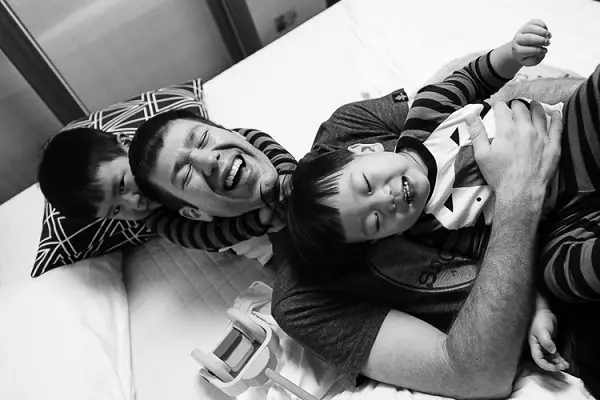
How much of you, the photographer, is actually preparing a gift for the child for later in life?
It’s certainly on my mind as I shoot and edit. After all, parents hire me to give that gift. Words can only go so far, but seeing an image of the joy you experienced with your parents later in life is a powerful thing.
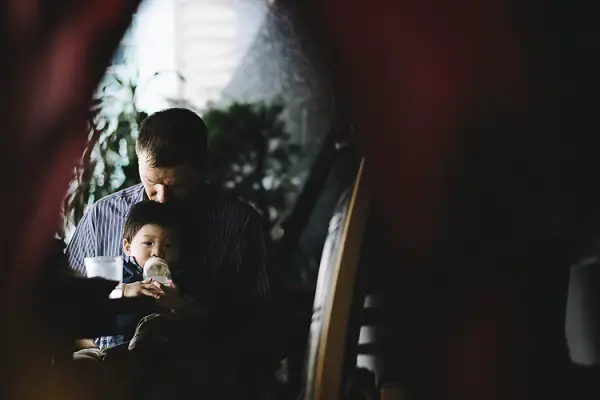
How have you grown as a photographer and as a person since beginning your journey with adoption photography?
As a photographer, adoptions have given me a reality shot. Jay Maisel says, ТIt’s not about the F-Stop.У He’s right. Nobody cares a wink for the fact that your image was shot at f/3.142 except the gear nerds on the Internet. Nobody. In each of these images, if I’d slowed down to make a calculated depth of field decision, I’d have missed a moment. The moment is what really matters. That could be a moment of light for landscape photographers, the flap of a wing for wildlife photographers, or the peak of emotion for a concert photographer. As long as your technicals are in the ballpark, the moment is really all your photograph has.
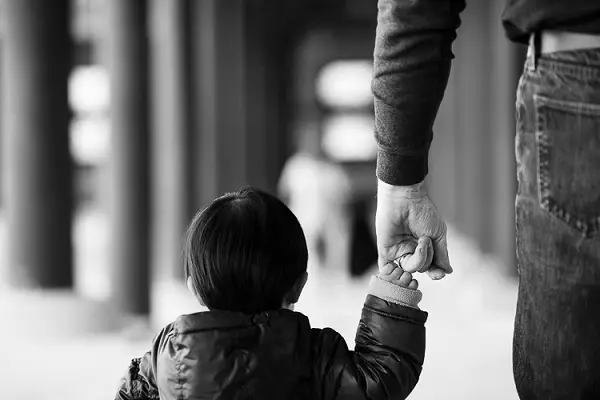
As a person, I’m not sure I’ve grown as such. I think I’ve just become more comfortable with who I am, who my clients are, and what my work represents. I don’t consider it so much, I just do it from the heart and let that be enough.









Dylan’s work is amazing. Thanks Andrew for doing the interview, it’s excellent as well.